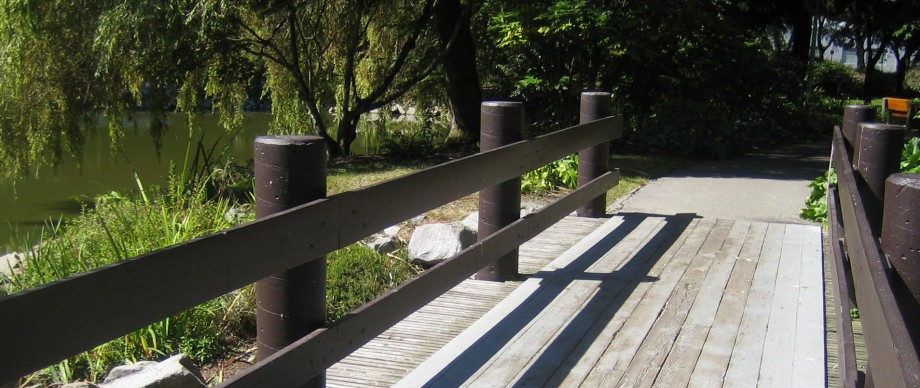Mable Run Building Challenge
Activity #5a: Virtual Roller Coaster Ride
To get you in the spirit of this week’s Fun Friday STEM Challenge, I thought you might like to take a virtual ride on a real-life roller coaster. The roller coaster is called Behemoth and is located at Canada’s Wonderland theme park near Toronto, Ontario.
Hold on to your seat and enjoy the ride!
**************************************************
Activity #5b: Marble Run Building

This week’s STEM building challenge is to create a marble run. I’m sure you remember the marble run we had in class but this time you are going to create your own marble run using materials you have around home.
Energy:
What is energy:
First, let’s look at the scientific theory behind how marble runs work. Energy is the ability or capacity to do work. Energy makes change possible. It is the power or ability to make things happen. Energy is everywhere and it has various forms. Energy changes from one form to another.
Forms of energy:
The marble run involves two forms of energy – gravitational energy and kinetic energy.
Gravitational energy is energy associated with gravity or gravitational force.
Kinetic energy is the energy an object has due to its motion.
The gravitational energy in the marble will depend on the height of the starting point of the marble run and the size of the marble. As the marble starts to move, the energy changes from gravitational energy to kinetic energy. The distance the marble travels and the speed it travels will depend on the design of the ramp and the friction involved. Some energy may be lost due to friction and heat energy.
Law of conservation of energy:
The law of conservation of energy states that energy cannot be created or destroyed but can be changed. The marble will travel further if it has more gravitational energy and less energy lost through friction.
Variables:
Potential energy = mass x gravity x height
You can change how your marble run works by changing the variables such as ramp length, slope and height, surface material, and marble size. The heavier your marble and higher your slope, the more energy your marble will have.
Friction: The rougher or stickier the surface, the slower your marble will travel.
Angle of the slope: The less steep the angle of the slope, the longer the marble will take to reach the bottom.
__________________________________________________
Marble Run Activity
Materials: You will need ramp-making materials, tape, scissors, and marbles. For ramp-making materials you can use cardboard, lego, pvc piping, paper towel rolls, wood blocks, and any other building and household materials you can find.
Directions: Think about how energy works and the variables that impact energy and then design your marble run. You can adjust and change your structure as you go along.
Examples: Below is a video and some picture examples of marble runs that others have built. They are to inspire you only. Use your imagination and creativity to come up with your own unique design.
Video example of runs built by professional engineers:
Picture examples of runs built by students:




Now get rollin’ and start creating!
______________________________

__________________________________________________
Roller Coaster/Marble Run Inspection Notice:
Now that you have built your Marble Run aka Roller Coaster, it is time for the official inspection. Fill out your inspection notice with a picture and names of the construction crew. Then have an Inspector (parent) check off if it met the criteria and sign the notice.
Here is your Inspection Notice:
